
This month, Rubryka reported a lot about solutions for communities — about how they should develop during the war, where to look for opportunities, and ways of recovery. A community is more than just an administrative unit. These are primarily people who stay at home, take in those who were deprived of their homes by the Russians, and act despite everything. We have collected the most interesting solutions for October – among them, many can be adopted by residents of Ukrainian communities today.
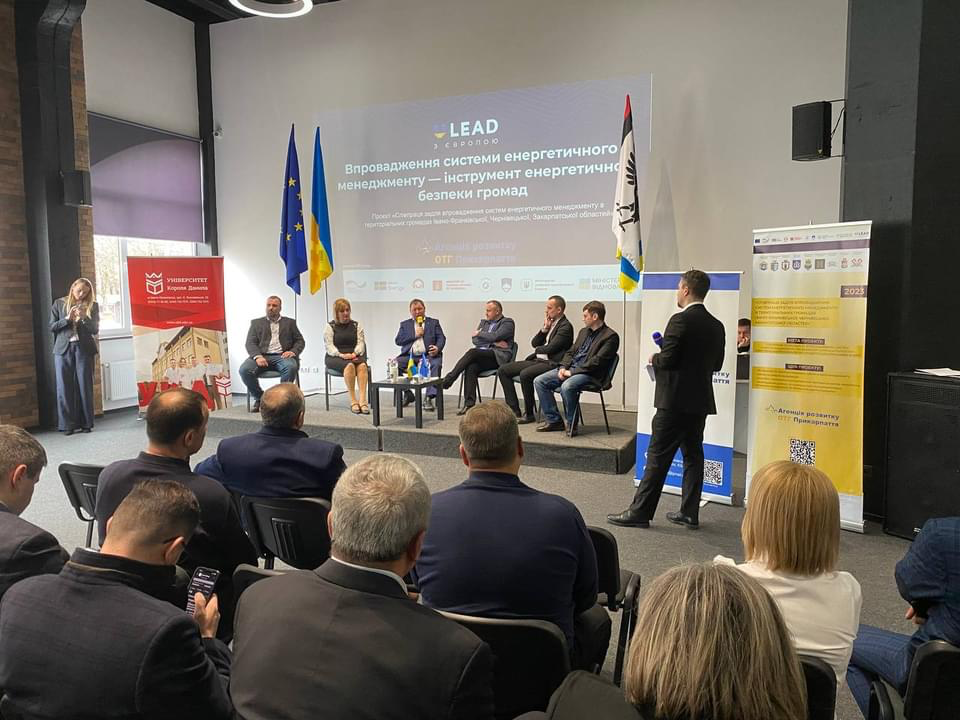
Due to the full-scale invasion of the Russian Federation, Ukrainian communities faced many challenges. Large-scale population migration, financial and humanitarian problems, security issues, and energy supply. In the crisis conditions, those needs that existed in the communities even before the war became more acute.
International partnership, the foundation of which was laid long before February 24, helps Ukrainian communities overcome wartime difficulties. In the conditions of full-scale Russian aggression, cooperation between Ukrainian and foreign communities takes on new meanings. Now, this is a way to provide specific aid and support measures, demonstrate solidarity, and change Ukraine's future for the better.
Rubryka tells about an excellent example of the development of such a partnership — the Bridges of Trust initiative, which is implemented by the U-LEAD with Europe program. The Bridges of Trust project creates connections between Ukrainian communities in need of support and municipalities in the EU that are motivated and ready to help.
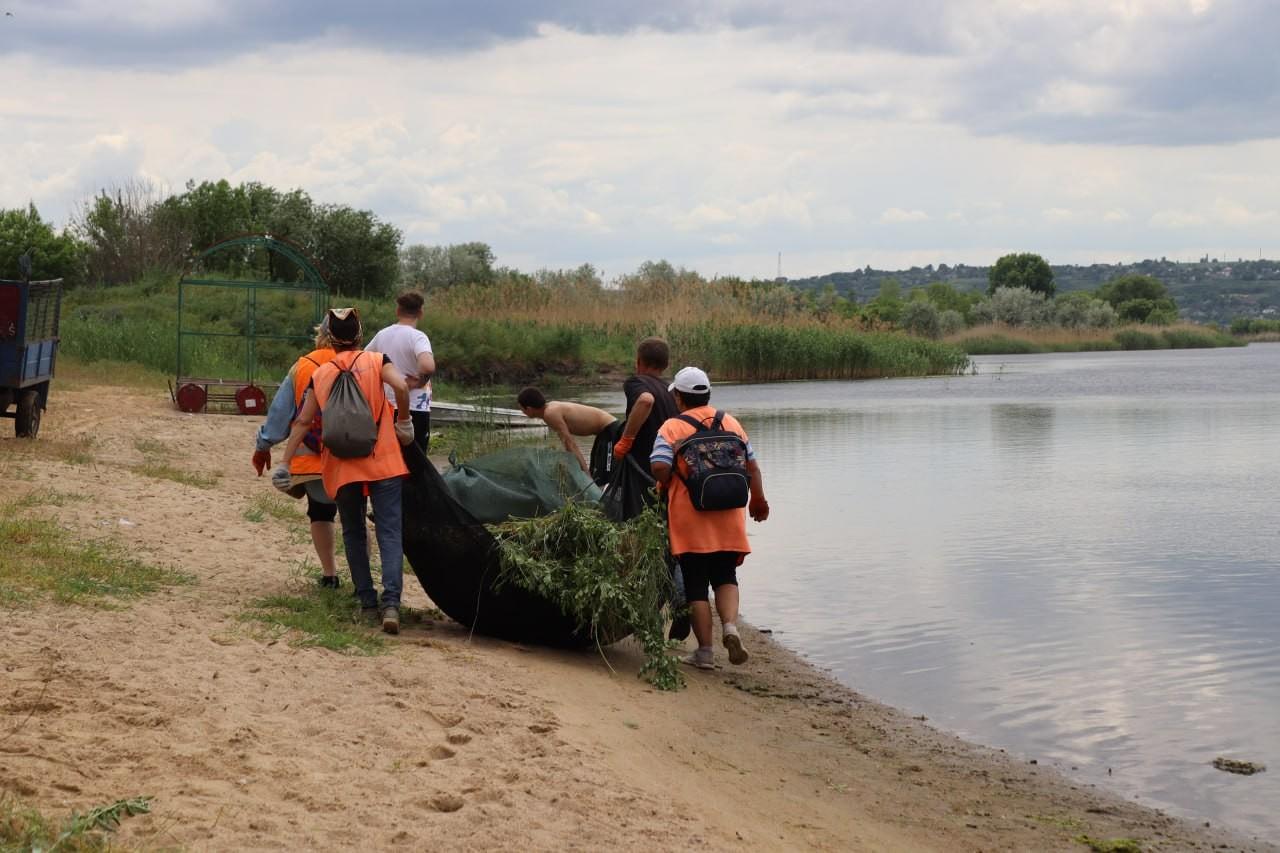
Cleaning on the banks of the Southern Bug River.
At the beginning of the full-scale invasion by Russian troops, the typically quiet town of Voznesensk, in Ukraine's Mykolaiv region, became the scene of fierce gun and artillery skirmishes. The Armed Forces of Ukraine managed to stop the invaders' advance, but the city suffered significant destruction due to street battles and rocket attacks.Three bridges were blown up, while schools, kindergartens, a municipal swimming pool, and a sewage pumping station were damaged. More than 700 private houses and a five-story building were affected.
Even though the community still suffers from periodic air raids from enemy drones, Voznesensk is already taking the first steps towards recovery. The city is developing appropriate programs with expert working groups, and volunteers are helping to restore destroyed buildings. Residents see protecting the natural environment while rebuilding the human environment as the best way to overcome the consequences of the war. Their approach is not only about restoring what has been destroyed, but seizing the opportunity to build. Rubryka shares how the solution of the Mykolaiv region is being implemented.

During the war, Ukrainian communities face urgent challenges that demand swift action. These communities must adjust to the exceptional circumstances, ensure the safety of their residents, and address ongoing issues. Additionally, they must also establish improved methods of governance and be able to adapt to the ever-evolving situation.
Modern communities must take a proactive approach to succeed and progress even during times of war. This includes independently devising and executing projects within their own territories. This implies that community members must work together to identify their priorities and find solutions to their issues while also seeking resources and professional assistance to reach their objectives. This method enables communities to have a more significant impact and influence during times of war, fosters their internal growth, and maintains their autonomy during challenging situations.
U-LEAD's "Steps for Specialists: Project Cycle Management-2023" training program, which began in September of this year, teaches participants how to prepare and execute local development projects effectively. According to U-LEAD expert Tetiana Tatarchuk, the program covers various topics and skills.
This material is a nine-step guide that will help any community realize its vision. Nine steps, developed by specialists, will lead from an idea to its successful implementation.
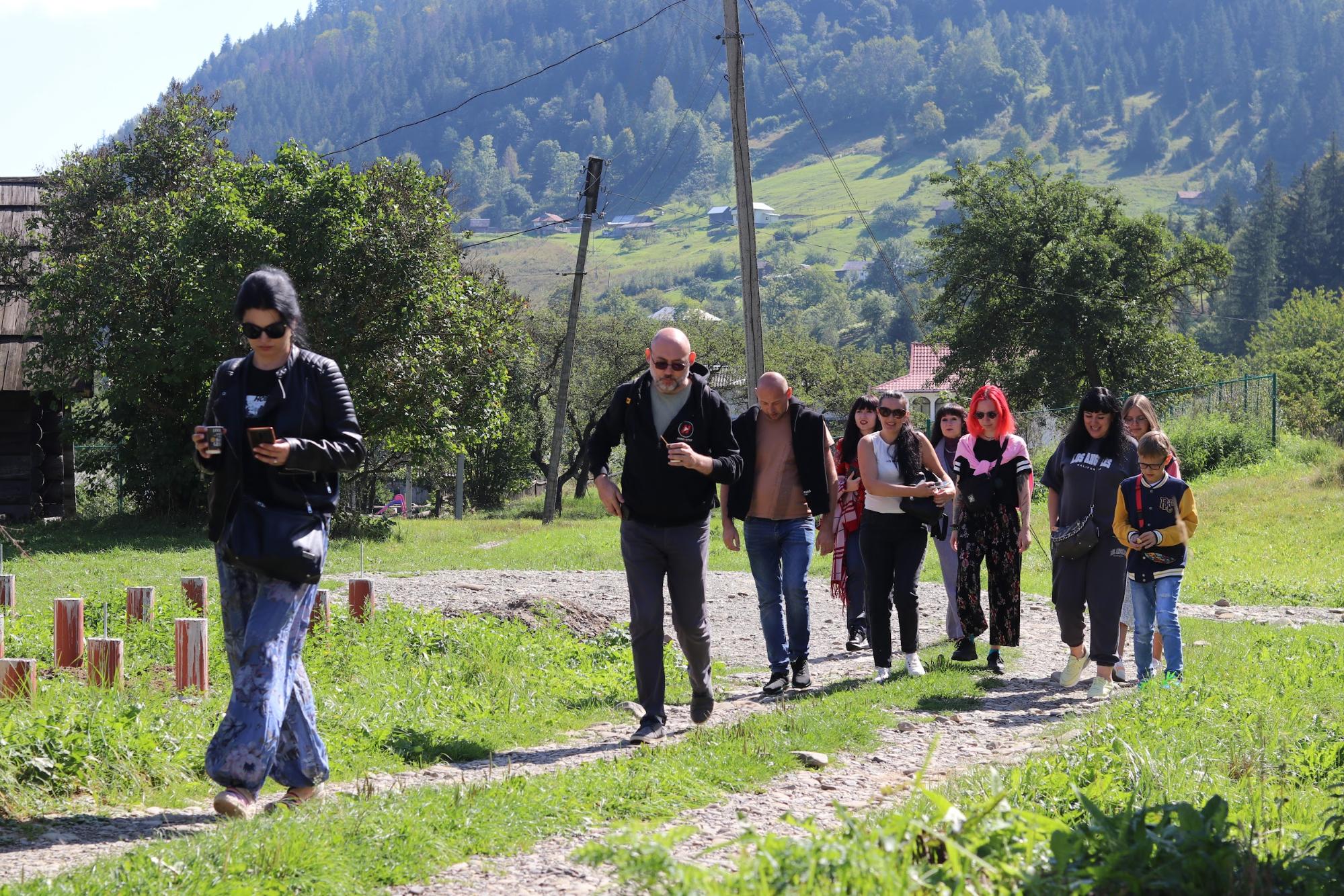
Let's take a short break from communities and talk about something else — about journalists. To be a journalist in Ukraine today is to witness every crime that Russia commits against Ukrainians. A constant flow of information, witness trauma, and media trauma is what Ukrainian media workers have been facing regularly for almost two years now. 36% of Ukrainian media workers need psychological support.
This solution is for our fellow journalists. The Lviv Media Forum launched the Psychological Support Program for Ukrainian media workers. Retreats in the Carpathians became part of it as a response to the challenges of wartime. A one-week stay surrounded by mountains and healing nature became an opportunity for the participants of restorative retreats to relieve daily stress. Change the situation and slow down and exhale, even for a short period. Reboot and return to work with new strength and energy. Rubryka shares how this solution works here.
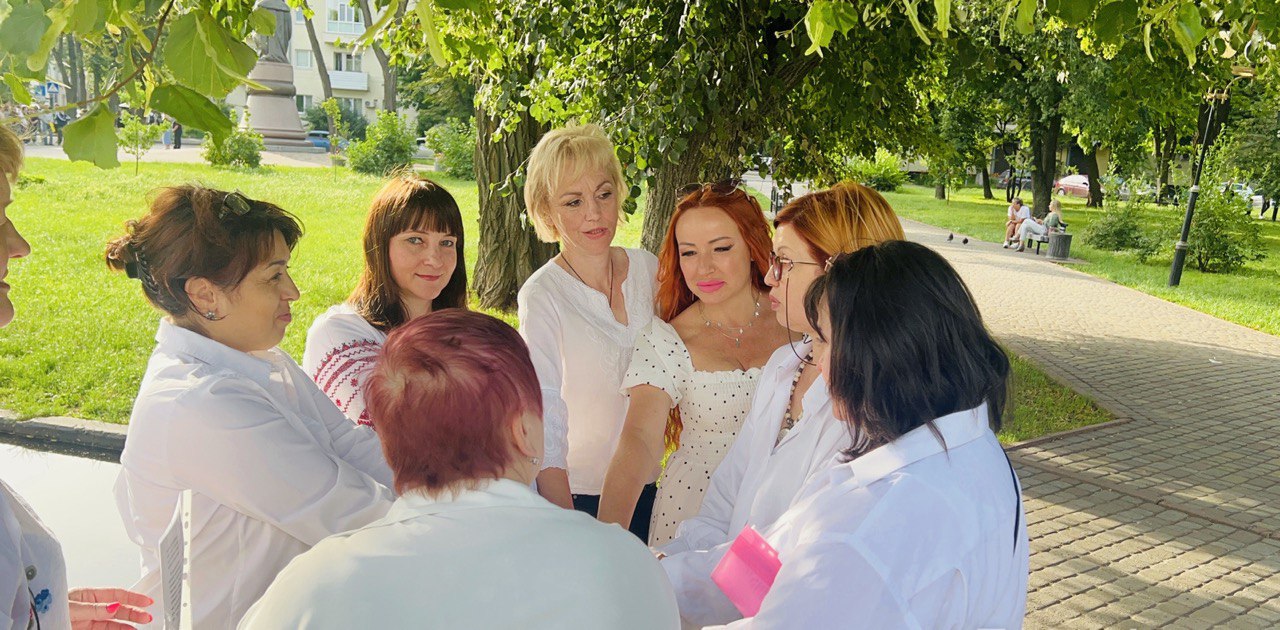
Resettled women participate in the forum theatre Shirtless.
Olena Podosetnykova is from Mariupol. Together with her family, she left the city on March 18, two days after the Russians bombed the Mariupol Drama Theater with the people hiding in its bomb shelter. Before the war, Podosetnykova dreamed of converting her two-bedroom apartment into a studio. The war became the "infernal architect" who "handled" this job: the enemy projectile flew straight into the apartment, into the corridor, exactly where she and her mother usually hid during the attacks.
The story of Podosetnykova is one of millions. Over time, human memory erases terrible details, but somewhere inside, the experience can remain a heavy stone, grief that eats away if it is not spoken and mourned.
Now, Podosetnykova is relatively safe. She learns to live "in the moment" — to live to the fullest, rejoicing in the little things and that every day she has the opportunity to greet the sun. She and seven other IDP women who are currently in Poltava are not afraid to share their experiences of the war and hope for the future. Forced resettlers are sure that this is not only necessary for them. Women who are ready and want to tell their war stories and share the transformations happening to them are given a voice by the forum-theater volunteer project Shirtless. Rubryka tells the story of the project here.

The doors near the workshop. Photo: Rubryka
Odesa is known for its multinational and historical diversity of architecture in the city center, which was placed under the protection of UNESCO on January 25, 2023. Maintaining the appearance of buildings, and therefore maintaining their every element, is a priority task for the city. The door is one such key element. Rubryka explored how Odesa artisans restore wooden doors and find lost details.
Despite the historical value of the old buildings of Odesa, the wooden doors of these buildings are under threat. Some of these doors have already been lost, and some are not in the best condition. The historical wooden doors of the city are losing their beauty due to improper care. In particular, the canopies designed to protect them from moisture are disappearing above them. Therefore, replacing them with more modern iron ones is popular among city residents. However, despite its practicality, this replacement leads to the fact that the buildings lose their unique elements, which are also part of Odesa's cultural code.
In 2019, the project Thousands of Doors of Odesa was launched on the initiative of Kostiantyn Yemelyanov who found a solution and opened a workshop where the artisans restore the historic doors of Odesa. During their activity, masters have already restored 19 doors, and the team now consists of 10 people. Such a workshop is the first in the city. Rubryka spoke to the artisans about the project's work.
Solution from Microchef

Mark Dzialak while cooking. Photo from the family archive
This is officially the cutest text of October. The family of Mark Dzialak, who is called Microchef in the family, lives in Switzerland. After the start of the full-scale invasion, Dzialak, thanks to his hobby, collected more than ₴150 thousand, which he handed over to help Ukraine. The child's parents, Anna and Yakub — professional musicians who have their own school — give charity concerts, from which they were able to send $200,000 to support our country.
Read about how an 11-year-old learns the Ukrainian language from scratch and cooks to help Ukraine in Rubryka's text.
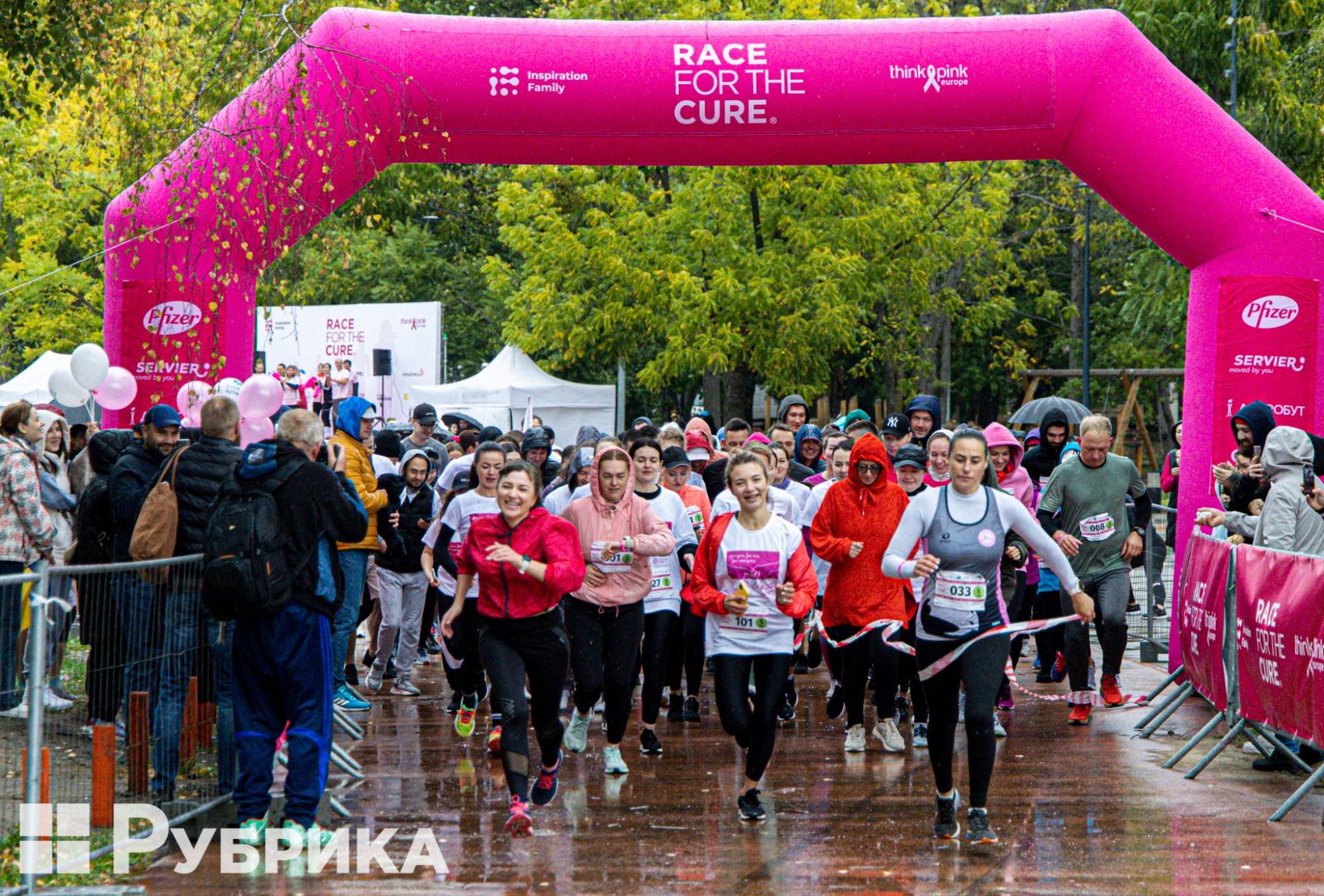
Participants in the charity run organized by Inspiration Family in support of people with breast cancer. Photo: Mykola Tymchenko
We continue to develop our Health rubric and share useful solutions, instructions, and stories that will help you preserve the most valuable — your health.
October is breast cancer awareness month. If detected at stage I, breast cancer is curable in 95% of women and at stage II — in 80%. However, in our society, there are many phobias about this diagnosis and a lot of ignorance. The interlocutors of Rubryka emphasize that it is not the word "cancer" that should be feared but ignorance and unprofessionalism. They shared their own stories of cancer detection and treatment, as well as advice on supporting a loved one who has become a cancer patient.

Тетяна та інші місцеві з волонтерами
Tetyana and other locals with volunteers.
This month, Rubryka went to the Kherson region to write a series of reports about people who find solutions even in the most challenging conditions — when they actually live on the front line.
This report is one of them. Antonivka is a village in the Kherson region, which lies on the bank of the Dnipro River. Before the full-scale war, about 11 thousand people lived here. Now, there are no more than three and a half thousand. Since the beginning of the full-scale war, Antonivka has been known for the Antonivskyi bridge, the bridge that the Ukrainian military used to cut off the occupiers in Kherson from supplies from Russia. Now, the same bridge has become the border beyond which the occupation begins. Antonivka is currently free of occupation, but it is one of the most shelled areas of the region.
Read about how Antonivka lives and recovers today in Rubryka's material.
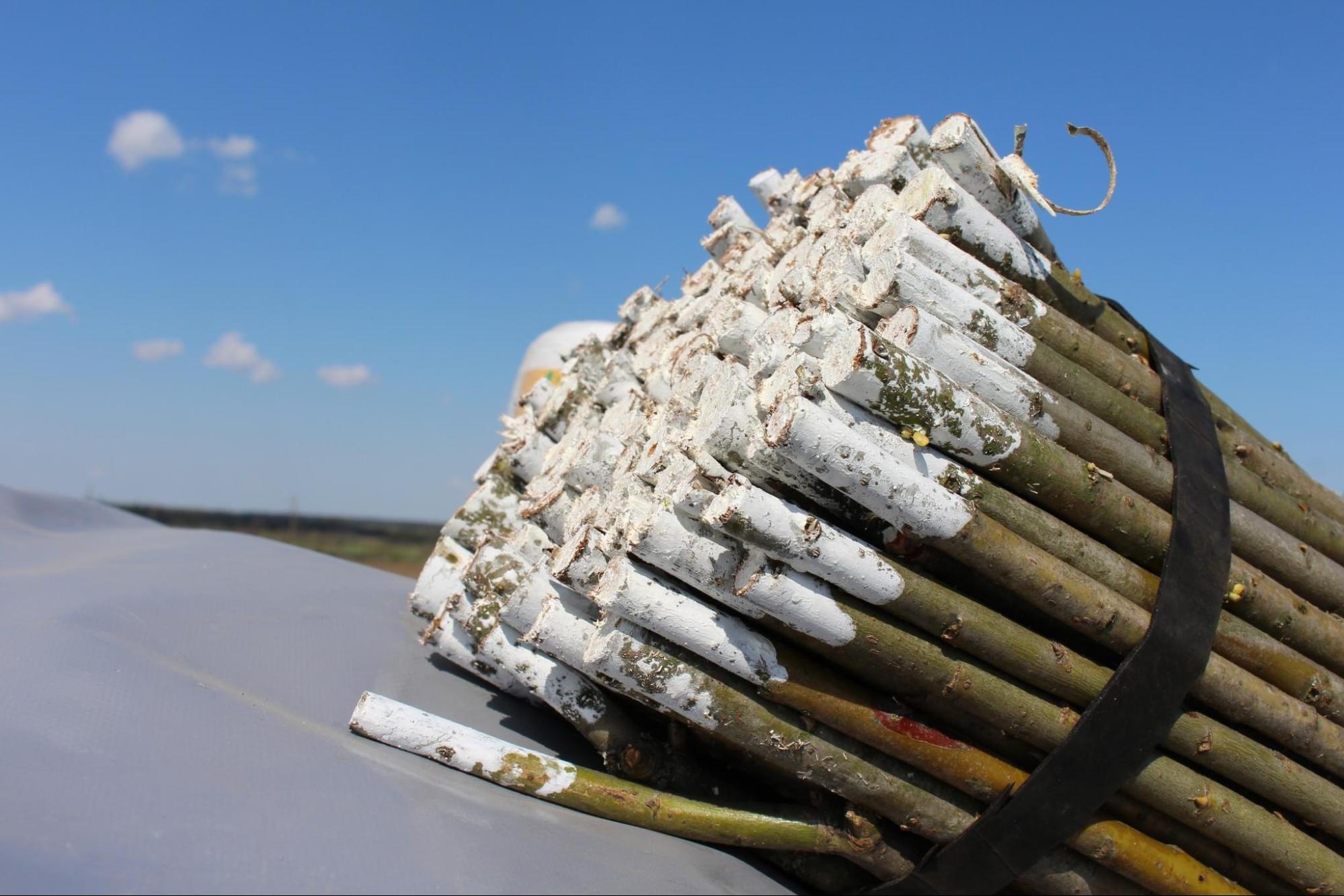
It's probably the most interesting October solution for communities — and one of the most relevant on the eve of winter and cold weather. From the first day of the full-scale invasion of the Russian Federation, Ukrainian energy became one of the main aims of the aggressor country. Large-scale shelling and destruction of the energy infrastructure forced Ukrainians to look for alternatives for uninterrupted power supply and heating of buildings. In addition, over the past two years, the cost of natural gas has increased significantly for institutions and organizations financed from the state and local budgets. The combination of these factors in communities brought the issue of energy independence to the fore.
In three territorial communities of the Khmelnytskyi region, they decided to create plantations of energy trees for the gradual transition to heating communal facilities with fuel chips, thus independence from fossil fuel — gas. For this purpose, more than 100,000 saplings of energy willow and poplar were planted on six hectares of communal land in the Berezdivska, Krupetska, and Hannopilska communities of the Khmelnytskyi region. Rubryka shares the solution here.
Newsletter
Digest of the most interesting news: just about the main thing








